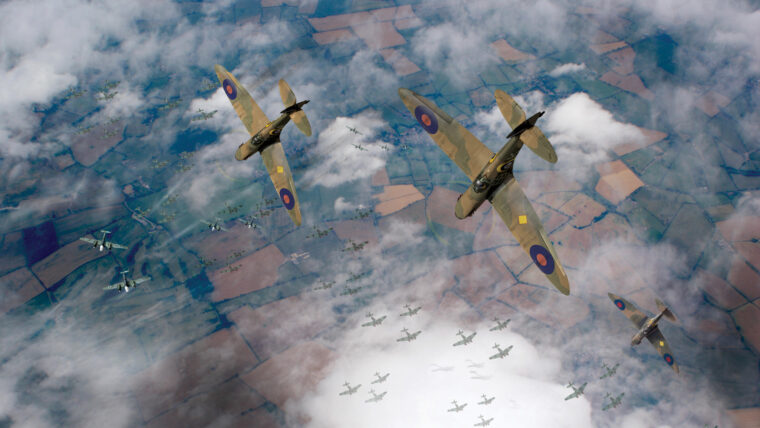
WWII
Britain’s Decisive Aerial Victory
By David Alan Johnson“I say, better wake up.”
Red Tobin opened one eye, rolled over, and found his squadron mate, Pilot Officer John Dundas, shaking him by the shoulder and staring into his face. Read more
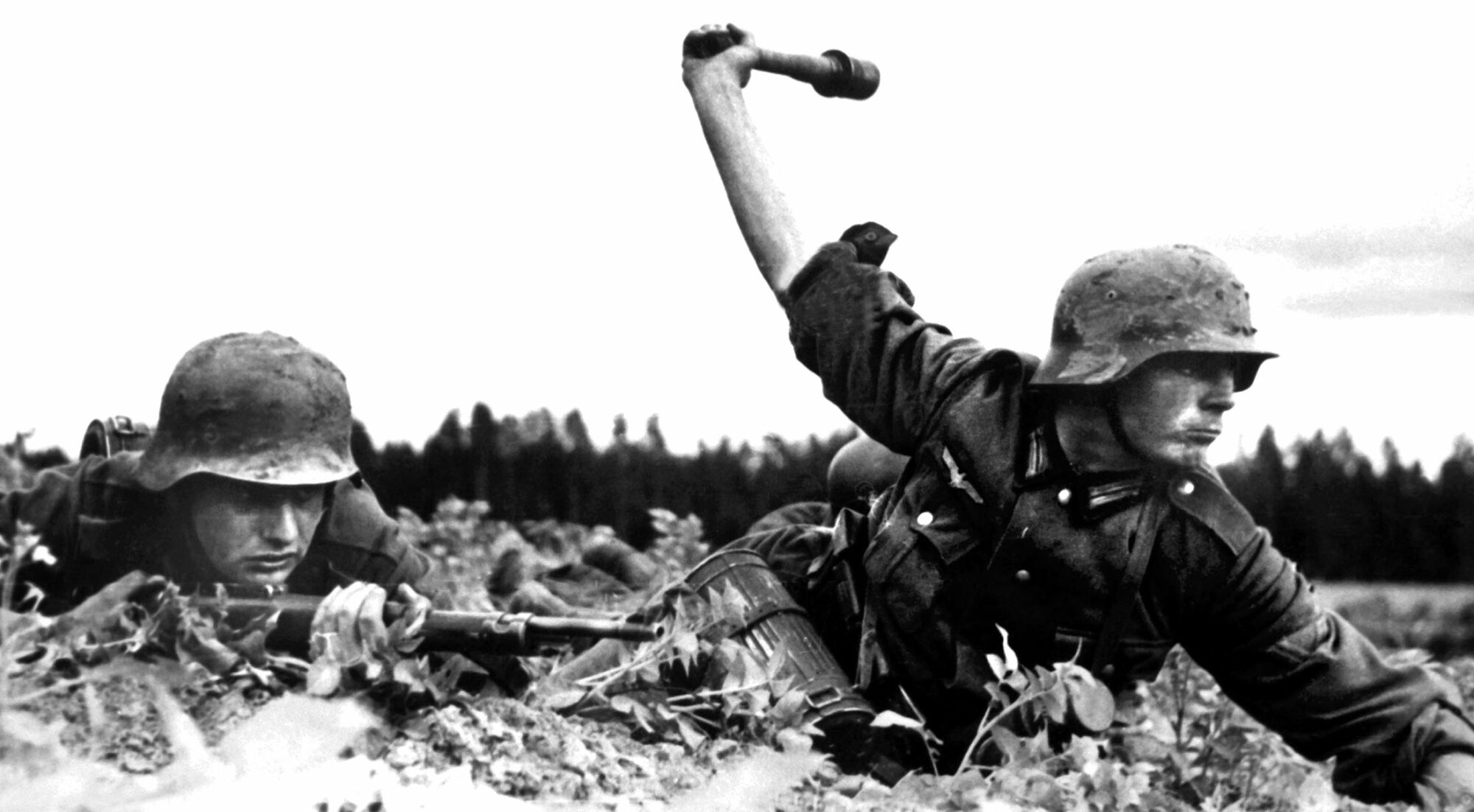

WWII
“I say, better wake up.”
Red Tobin opened one eye, rolled over, and found his squadron mate, Pilot Officer John Dundas, shaking him by the shoulder and staring into his face. Read more
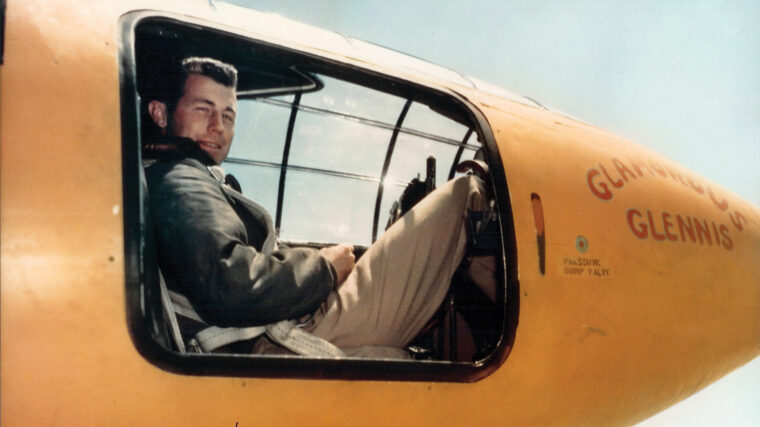
WWII
Major General Charles “Chuck” Yeager, United States Air force (Ret.), was one of a handful of people who could rightly claim the title “living legend.” Read more
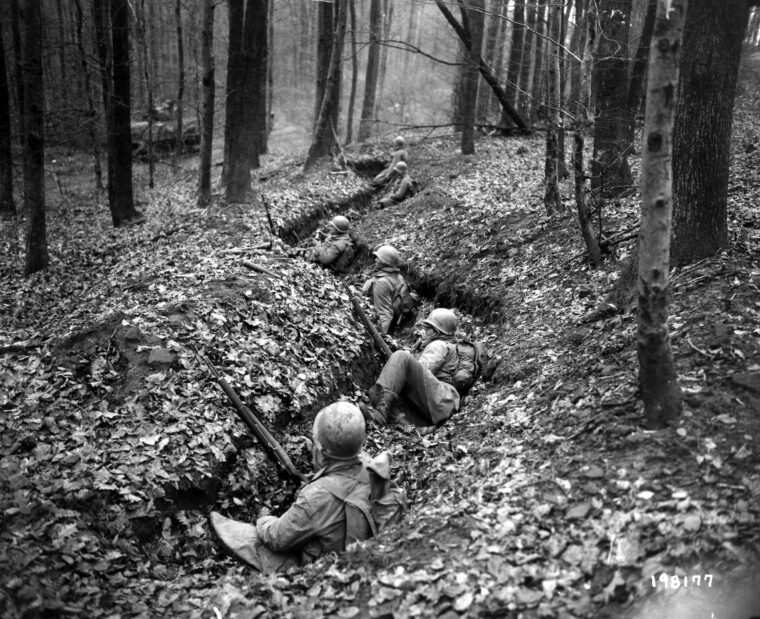
WWII
Clarence M. “Monty” Rincker was born in Cheyenne, Wyoming, on September 8, 1922. When he was a year old, his parents bought a farm in eastern Wyoming and the family moved there. Read more
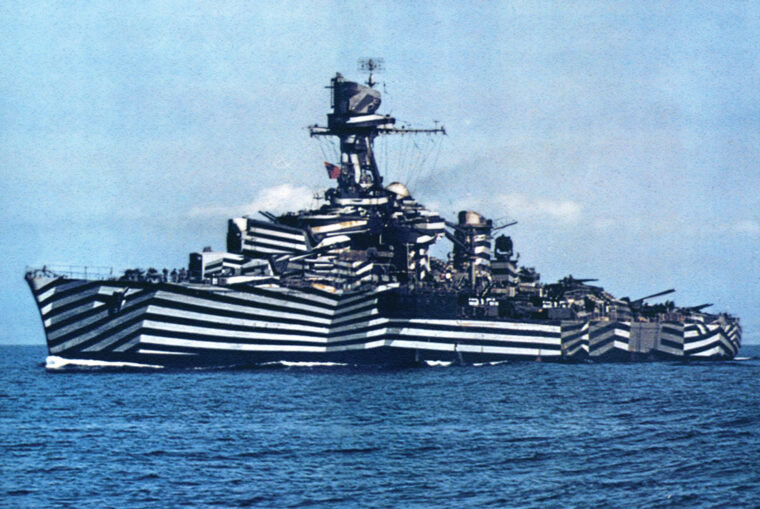
WWII
What do Pablo Picasso, the U.S. Navy, the British Royal Navy, and the U.S. Army Air Forces (USAAF) have in common? Read more
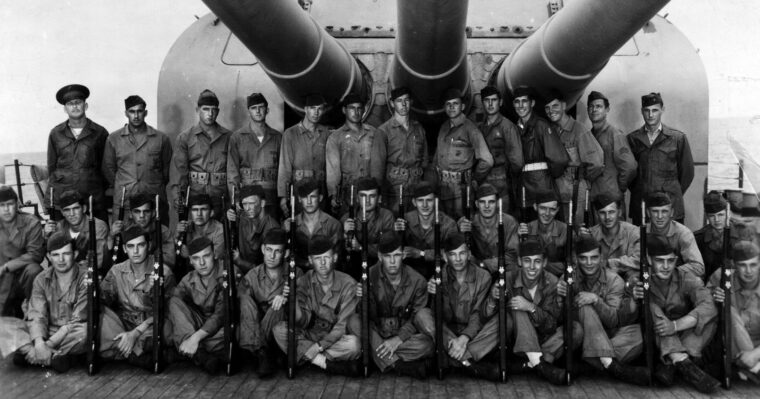
WWII
Lieutenant Commander Mochitsura Hashimoto, Imperial Japanese Navy, stared intently through I-58’s periscope. Visibility was poor until the moon peeked through the clouds and he spotted a dark silhouette on the horizon. Read more
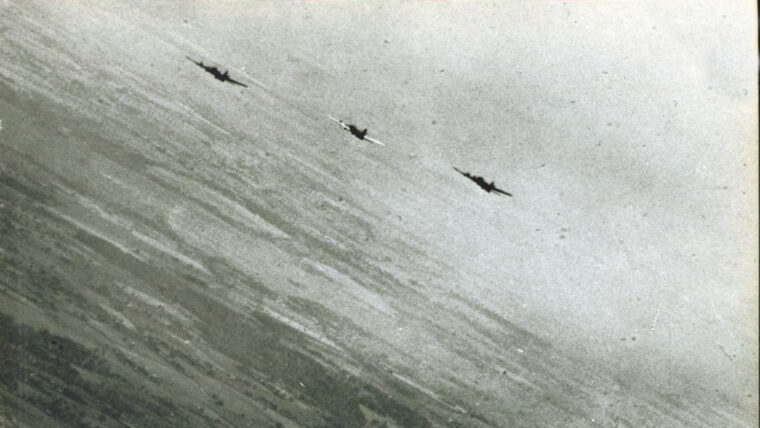
WWII
In 1944, air traffic over southern Britain was almost at the New York City rush- hour level. On any given early morning, heavily laden B-17s and B-24s would be circling, laboriously assembling into formation for runs to targets in France and Germany. Read more
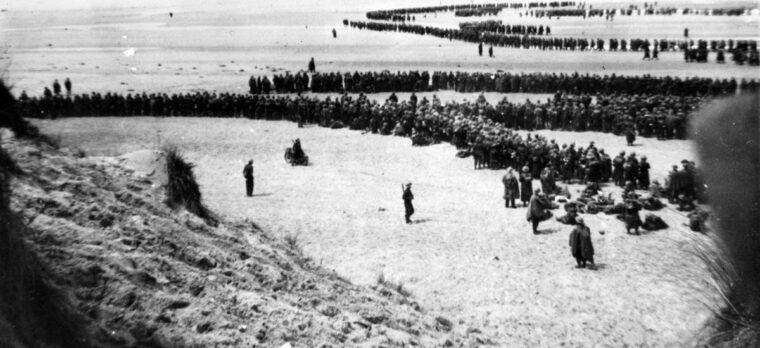
WWII
BACKSTORY: After Nazi Germany invaded Poland on September 1, 1939, Britain and France declared war on Hitler’s regime. Read more
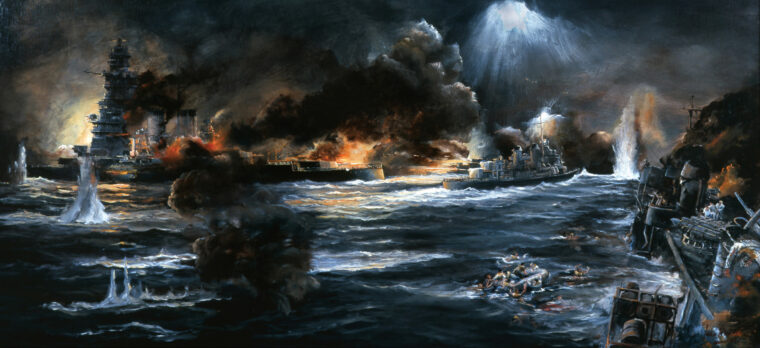
WWII
Lieutenant Commander John Benjamin Fellows, the skipper of the American Gleaves-class destroyer USS Gwin (DD-433), stood on the bridge trying to see into the predawn blackness. Read more
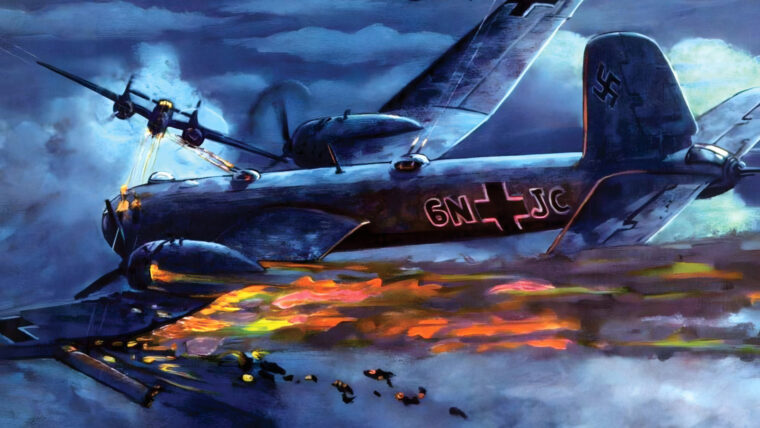
WWII
The Heinkel He-177 Greif (Griffin) was to become the only long-range heavy bomber operated by the Luftwaffe during World War II. Read more
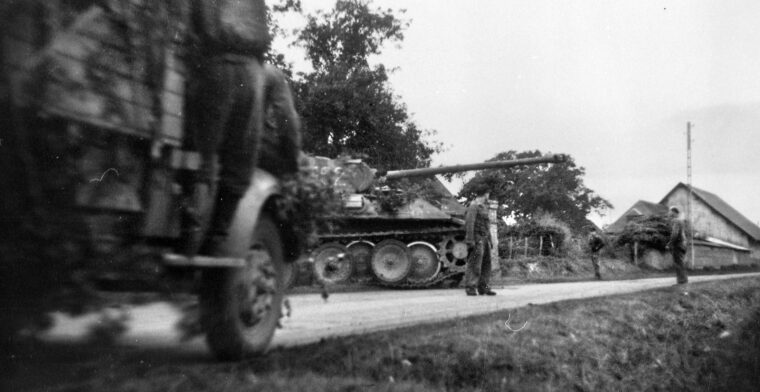
WWII
The Normandy landings, the fighting at St. Lô and Caen, Operations Goodwood and Cobra, and the subsequent Argentan-Falaise Pocket have always drawn major attention from historians, with respect to the early struggle for supremacy in France. Read more
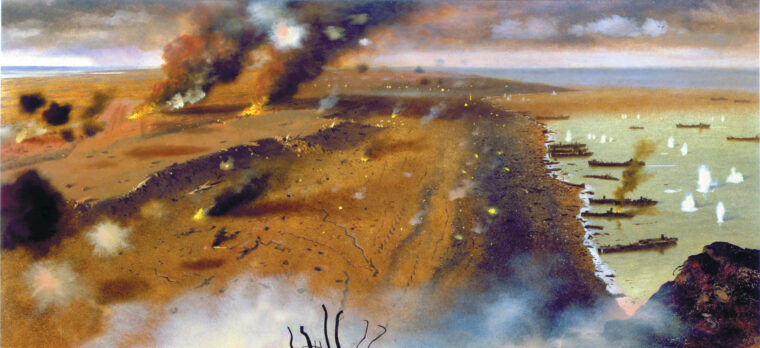
WWII
Lieutenant General Holland M. Smith was 62 years of age. At a time in life when most men contemplate retirement, he was a very busy individual. Read more
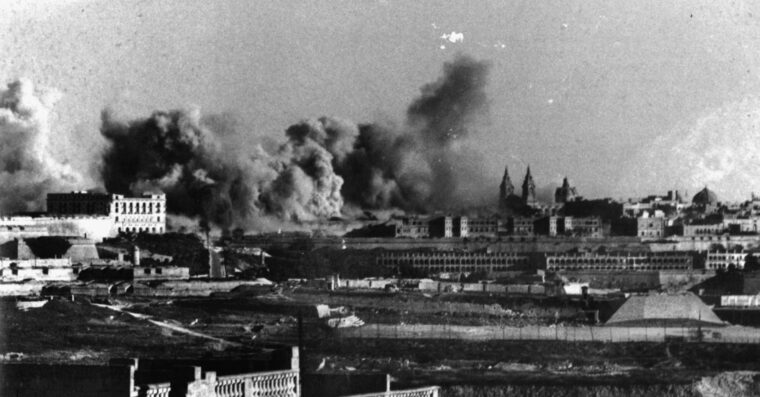
WWII
The British Army has had its share of religious zealots Serving in the upper echelons of command. These typically independent-minded soldiers, motivated largely by their spiritual belief, were in sharp contrast to those, as characterized by J.F.C. Read more
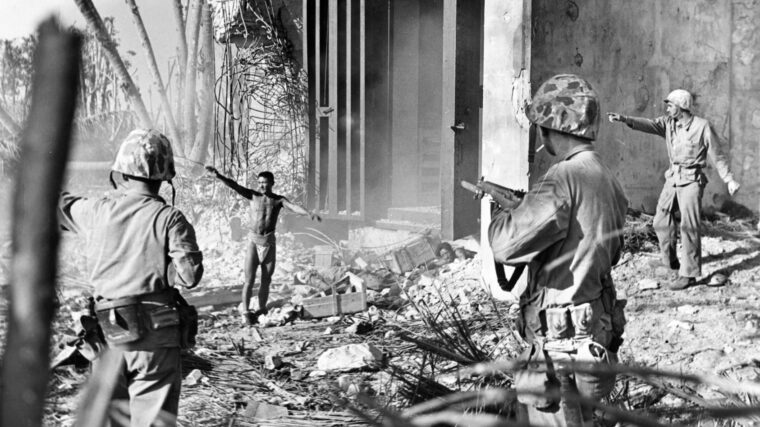
WWII
As 1943 drew to a close, Admiral Chester Nimitz’s Central Pacific campaign was gaining momentum. His forces had taken the Gilbert Islands that November and now targeted the Marshall Islands as the next step on the long road to Tokyo. Read more
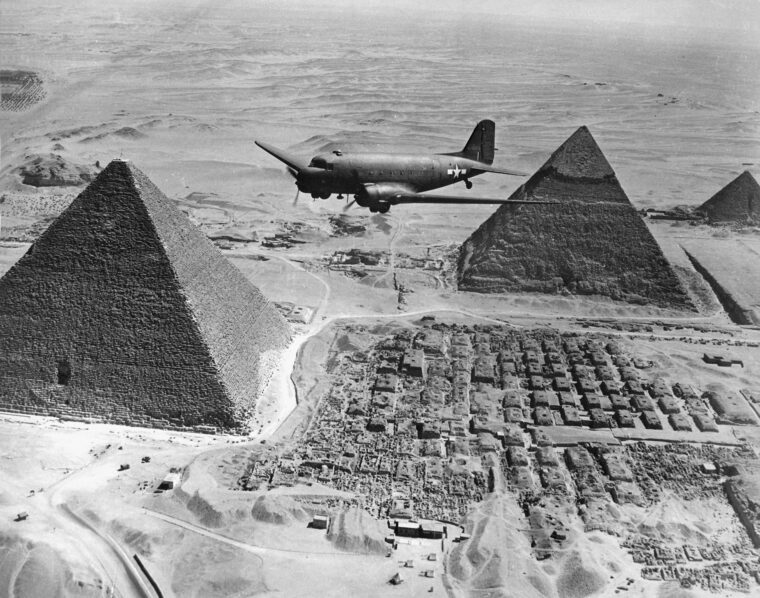
WWII
Of all the workhorse weapons in the Allies’ World War II arsenal, from the American M-4 Sherman medium tank and jeep to the British Handley Page Halifax bomber and 25-pounder field gun, none was more widely and effectively deployed than the Douglas C-47 transport plane. Read more
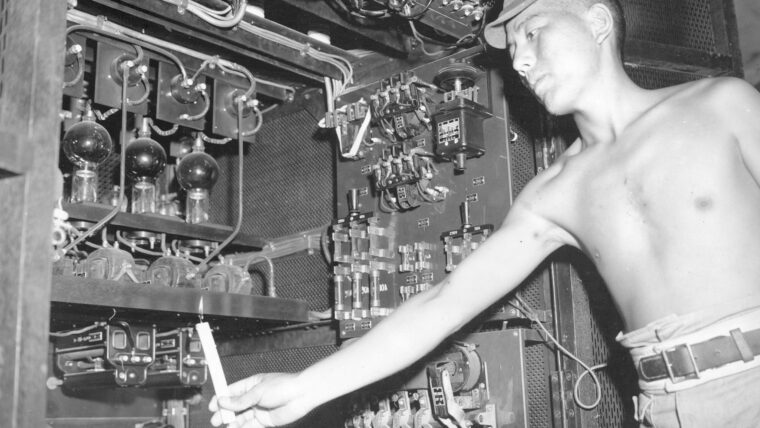
WWII
Marine Captain Frank Farrell stood in the open door of the Army Air Corps C-47 waiting for the “green light,” the signal to leap into space, on a mission that could mean life or death for hundreds, perhaps thousands, of people. Read more
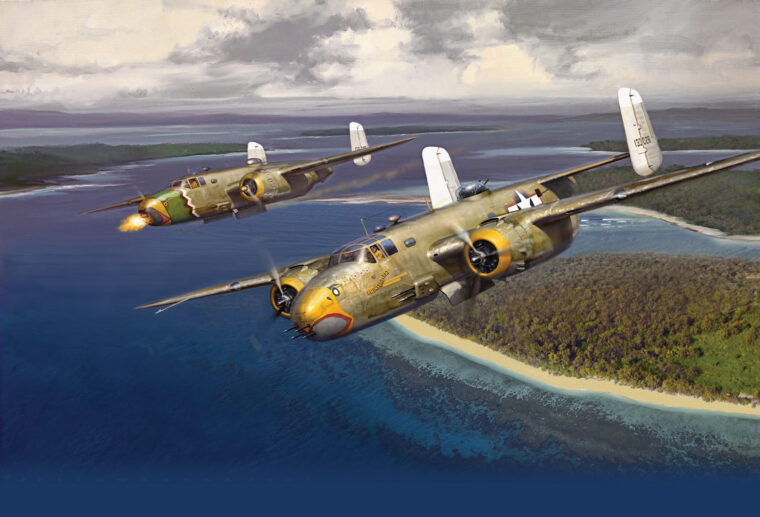
WWII
In the predawn darkness of Dobodura, New Guinea, 2nd Lt. William J. Smith of the U.S. Army Air Corps was roughly awakened by a noncom announcing that it was time to get dressed and get to the mess tent for breakfast. Read more
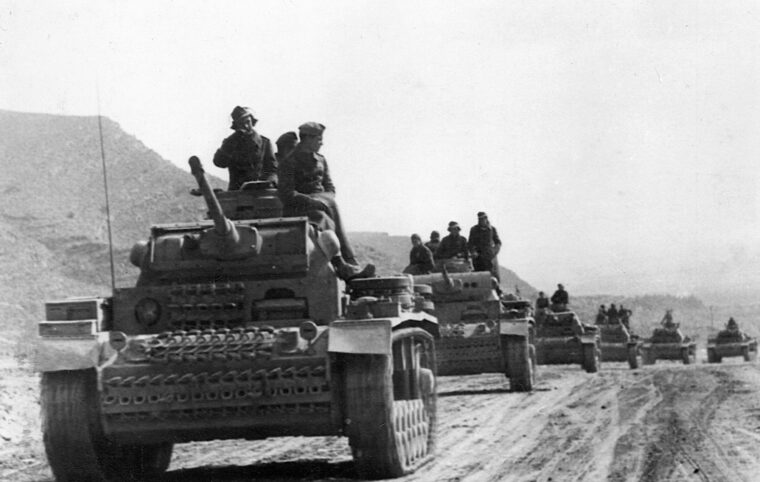
WWII
He came highly recommended, praised by General George C. Marshall as “one of the best.” But ultimately from these high hopes and expectations would come disastrous failure. Read more
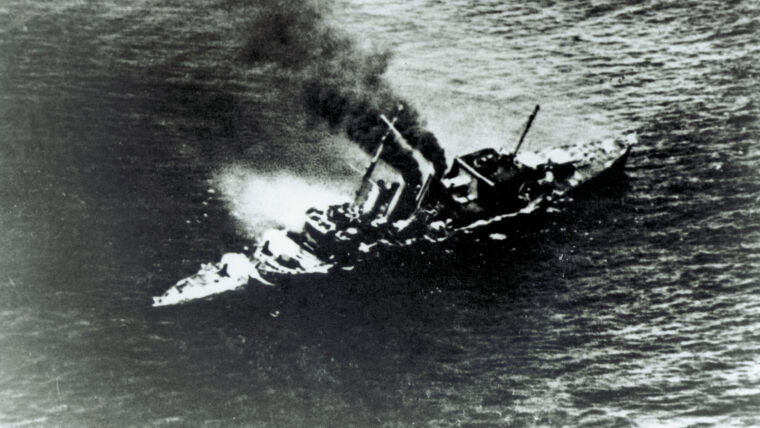
WWII
Following the Washington Naval Treaty of 1922 (and roughly four years prior to the construction of the HMS Cornwall), cruisers became a focus of the interwar naval arms race, no less keenly felt by the British, whose survival depended on the sea-lane. Read more
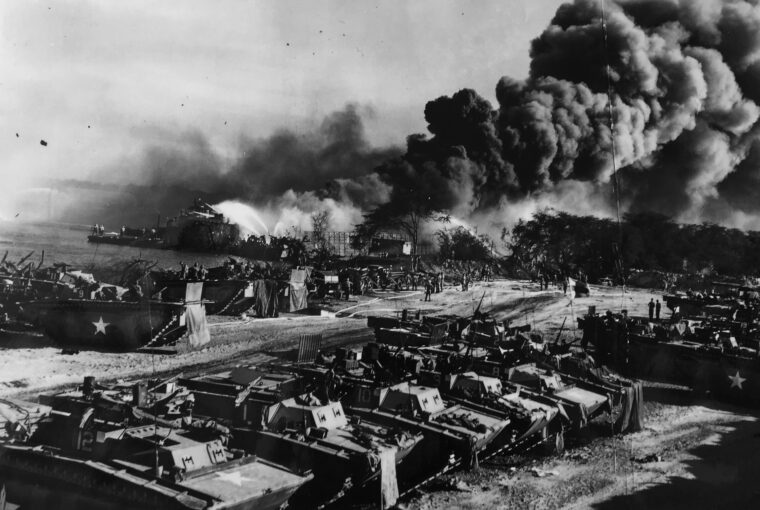
WWII
The first explosion came as a complete surprise to everyone around Pearl Harbor. The Sunday had started out clear and bright, but the sky quickly darkened as great clouds of thick black smoke rose high above the burning ships. Read more
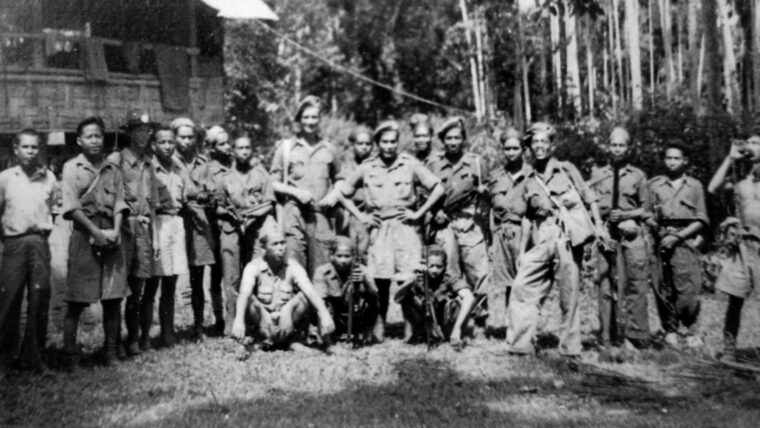
WWII
One of World War II’s longest, least known guerrilla resistance campaigns was fought in the depths of the jungle covering 80 percent of Malaya’s 50,850 square miles; in it the most unlikely of friendships would develop, leading to a remarkable meeting, then parting, a decade later. Read more